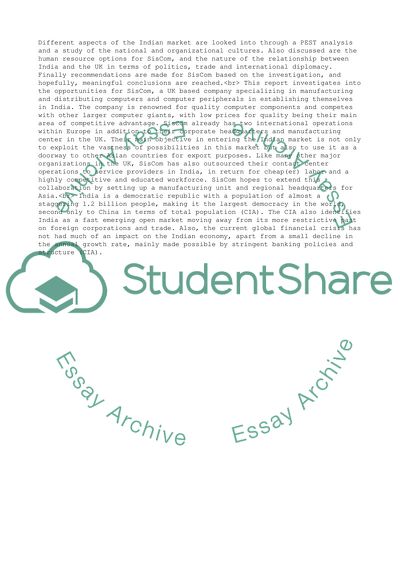Cite this document
(International Business Environment: Investment Opportunities for Research Paper, n.d.)
International Business Environment: Investment Opportunities for Research Paper. Retrieved from https://studentshare.org/business/1732477-international-business-environment
International Business Environment: Investment Opportunities for Research Paper. Retrieved from https://studentshare.org/business/1732477-international-business-environment
(International Business Environment: Investment Opportunities for Research Paper)
International Business Environment: Investment Opportunities for Research Paper. https://studentshare.org/business/1732477-international-business-environment.
International Business Environment: Investment Opportunities for Research Paper. https://studentshare.org/business/1732477-international-business-environment.
“International Business Environment: Investment Opportunities for Research Paper”, n.d. https://studentshare.org/business/1732477-international-business-environment.


